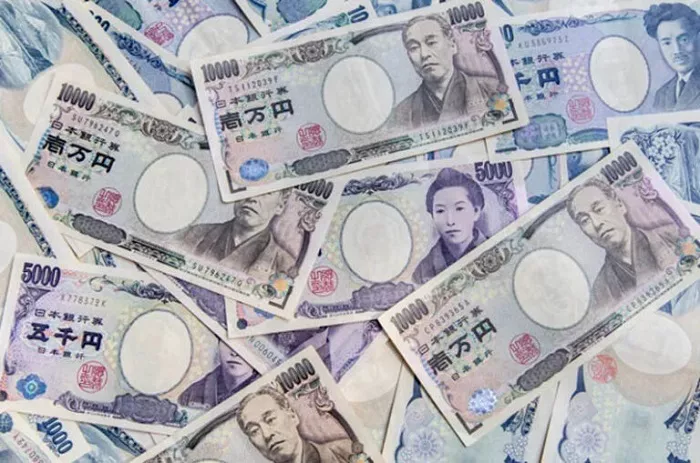The Japanese yen is on track to achieve its best weekly performance in over a month, bolstered by increasing expectations that the Bank of Japan (BOJ) will raise interest rates in the coming week. This outlook has left the U.S. dollar in a vulnerable position, particularly ahead of Donald Trump’s anticipated return to the White House.
Recent comments from BOJ officials, combined with data showing persistent inflationary pressures and robust wage growth in Japan, have fueled market optimism that a rate hike is imminent. Traders are now pricing in an 80% probability of such a move next week.
The yen has surged by 1.5% against the dollar this week, marking its strongest weekly rally since late November. While the yen was slightly weaker at 155.40 per dollar on Friday, it remains near its one-month high of 155.10 reached on Thursday.
Charu Chanana, Chief Investment Strategist at Saxo, noted, “Inflation and wage growth data suggest the BOJ could raise rates further, and official commentary aligns with this possibility. However, any unexpected dovish remarks from BOJ Governor Kazuo Ueda could temper the yen’s momentum.”
Meanwhile, the Chinese yuan held steady following the release of data indicating that China’s economy grew by 5.4% in the fourth quarter, significantly exceeding analysts’ expectations. The 2024 growth target of 5% was also met, aligning with Beijing’s forecast. The yuan was marginally stronger at 7.3266 per dollar, although it has recently struggled due to the strong U.S. dollar, ongoing U.S. tariff threats, and low bond yields in China.
Despite the positive fourth-quarter growth, the Chinese economy faces significant challenges, including a prolonged property crisis, rising local debt, and weak consumer demand. Alex Loo, FX and Macro Strategist at TD Securities in Singapore, expressed skepticism about the strength of China’s recovery, suggesting that more fiscal measures will likely be announced during the March 5th Budget to shield the economy from the impact of Trump’s policies.
The euro remained stable at $1.03065, while the British pound showed little movement at $1.22425. As a result, the U.S. dollar index, which tracks the greenback against six other major currencies, stood at 108.94, retreating slightly from a two-year high earlier in the week. The index is on track to decline by 0.6% for the week, breaking a six-week winning streak, as traders adjusted their outlook following signs of easing U.S. inflation.
Following data from Wednesday that pointed to a slowdown in U.S. core inflation, market participants began pricing in the possibility of two rate cuts by the Federal Reserve this year. However, Thursday’s data on U.S. retail sales showed strong consumer demand, reinforcing the view that the Fed may need to be cautious about cutting rates too soon.
Federal Reserve Governor Christopher Waller suggested that three or four rate cuts could still be possible, should economic conditions worsen. Markets are currently anticipating 41 basis points of cuts this year, up from 37 before Waller’s comments.
In the bond market, the 10-year U.S. Treasury yield stood at 4.612%, dropping over 16 basis points this week, marking its weakest performance in more than a month.
As the market braces for Trump’s inauguration speech on Monday, investors are keen to gauge his policy direction. His proposals on tariffs and taxes, which are expected to stimulate growth, could also bring inflationary pressures.
Related topics:
BNB Price Faces Bearish Pressure Amid Weak Market Signals
Japanese Yen Strengthens Amid Strong Wage Data, But Market Uncertainty Caps Gains
Zijin Mining in Talks to Acquire Controlling Stake in Zangge Mining


